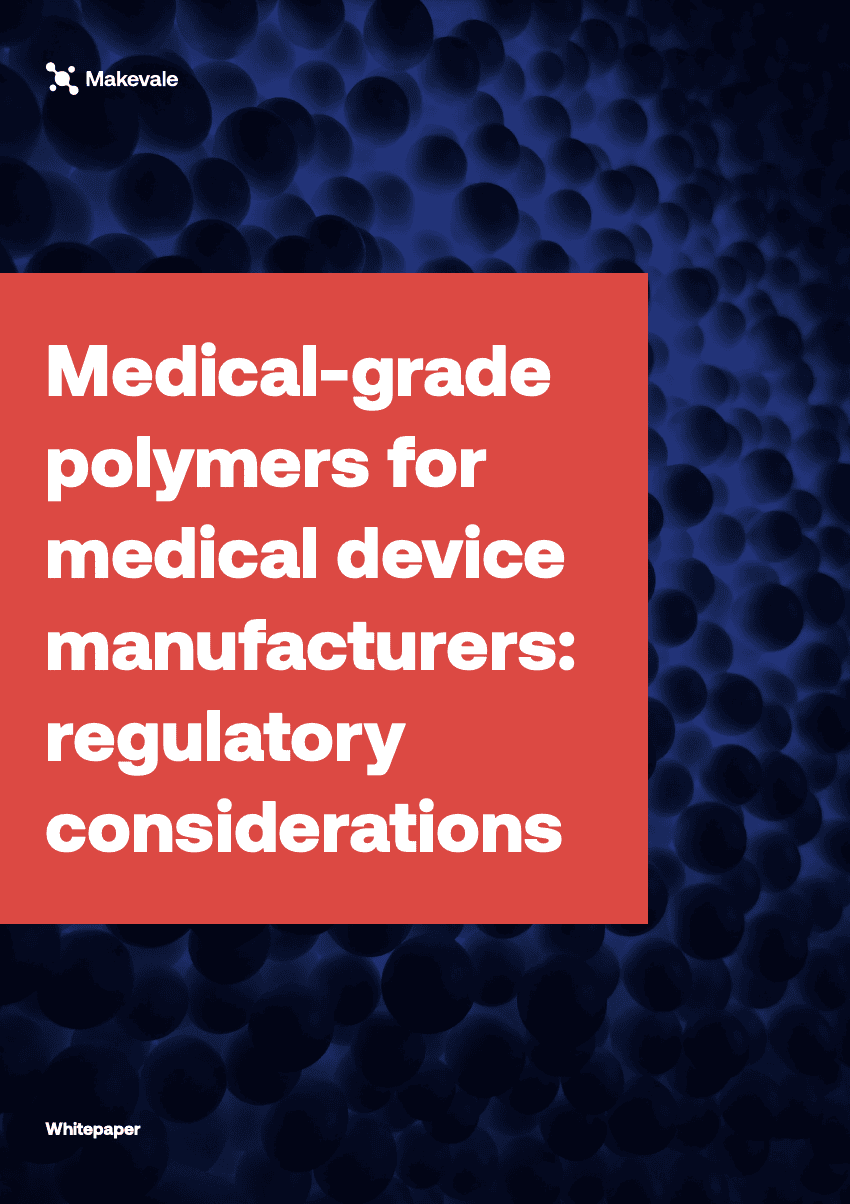
Peroxides are highly effective polymerisation initiators and the driving force behind the production of poly (methyl methacrylate) (PMMA) beads. But peroxides are not without their challenges. Peroxide storage and its use must be tightly regulated, both for safety reasons and to ensure polymer consistency and performance. Even minute peroxide concentration errors in the polymerisation reaction chamber can cause uncontrolled reactions and have far-reaching consequences for end products.
A small molecule with an explosive character
Peroxides, such as benzoyl peroxide, are used as initiators in the polymerisation of methyl methacrylate (MMA) to form PMMA. During decomposition, peroxides form free radicals that start the propagation phase of the polymerisation process. Peroxides are both fuel and oxidiser, delivering a powerful package that produces fast and high-quality results, as long as it is carefully controlled.
Unfortunately, there are far too many news stories that report on the results of unsafe storage or use of combustibles and explosives, and peroxides are no exception. Heat, sparks, friction or impact can cause peroxides to spontaneously combust and even confined storage conditions can lead to decomposition, resulting in explosion.
Makevale buys peroxide only from licensed suppliers, we are registered to use and store peroxide and we are regularly audited to demonstrate our health and safety and hazardous materials handling and storage compliance. We have our own extra control procedures too. Our peroxide is securely stored in cool, dry conditions and is only accessed by trained personnel. Only qualified process chemists are authorised to use peroxide, moving small amounts for use within the reaction vessels.
We ensure that peroxide is carefully controlled before it even enters the reaction vessel, but this is just the beginning.
Harnessing peroxide power inside the reaction vessel
Two main elements must be controlled during the production of the PMMA beads, the velocity of the polymerisation reaction and the amount of residual peroxide left over in the PMMA bead. Both factors influence downstream processes as PMMA beads are used in reactions to create products such as bone cement, dental prostheses and cosmetic nails. The impact of incorrect peroxide concentrations, quantities or dosing timeframes often will not manifest until the final stages of product manufacturing.
Larger errors in peroxide levels can cause a complete reaction failure, if the levels are much too high, there could be an explosion or gelling; if they are too low, then incomplete polymerisation. At these extremes, errors will be obvious and they will be captured at the initial production stages, but more subtle inaccuracies or control issues may result in PMMA beads that appear of a high standard but create serious quality issues when used in products.
Because peroxide initiates and sustains polymerisation, regulating its level is the key to controlling the whole reaction. Peroxide levels directly impact the final polymer bead properties, including the particle size and its molecular weight. Any peroxide not consumed within the reaction will be left as a residue on the PMMA beads.
All three of these properties have a direct influence on the characteristics and performance of the beads, such as the flow of the polymer powder, or dough or flow times when it is added to a monomer.
When PMMA beads are used in downstream polymerisation, in a powder-liquid system, increased residual peroxide levels can cause the product to cure too quickly and in some cases, cause porosity. If residual levels are too low, the product might not cure at all. Yellowing is often a sign of uncontrolled peroxide levels, either during polymerisation or because of high residual peroxide, the yellow colour results from side reactions that occur in downstream processes.
Peroxide control the Makevale way
Makevale has more than 40 years of experience in developing PMMA beads for use in multiple industries. Our team includes industry-leading process chemists who apply their expertise to produce high-quality beads with carefully controlled characteristics. We fine-tune our polymerisation reactions to deliver exact bead sizes and weights that meet our clients’ exact specifications and downstream requirements. By carefully controlling peroxide levels during production and delivering exact residue levels, we ensure that clients achieve optimal curing or handling characteristics for their unique process and product.
For downstream polymerisation processes, such as tooth manufacturing and cosmetic nails, we manufacture a range of powders with different, tightly defined ranges of residual peroxide suitable for different curing conditions or liquid formulations. Once a manufacturing process has been defined, the most suitable acrylic is selected from our portfolio to provide accurate and repeatable results.
To learn more about our high-performing PMMA beads, contact our team for free, no-obligation advice.
